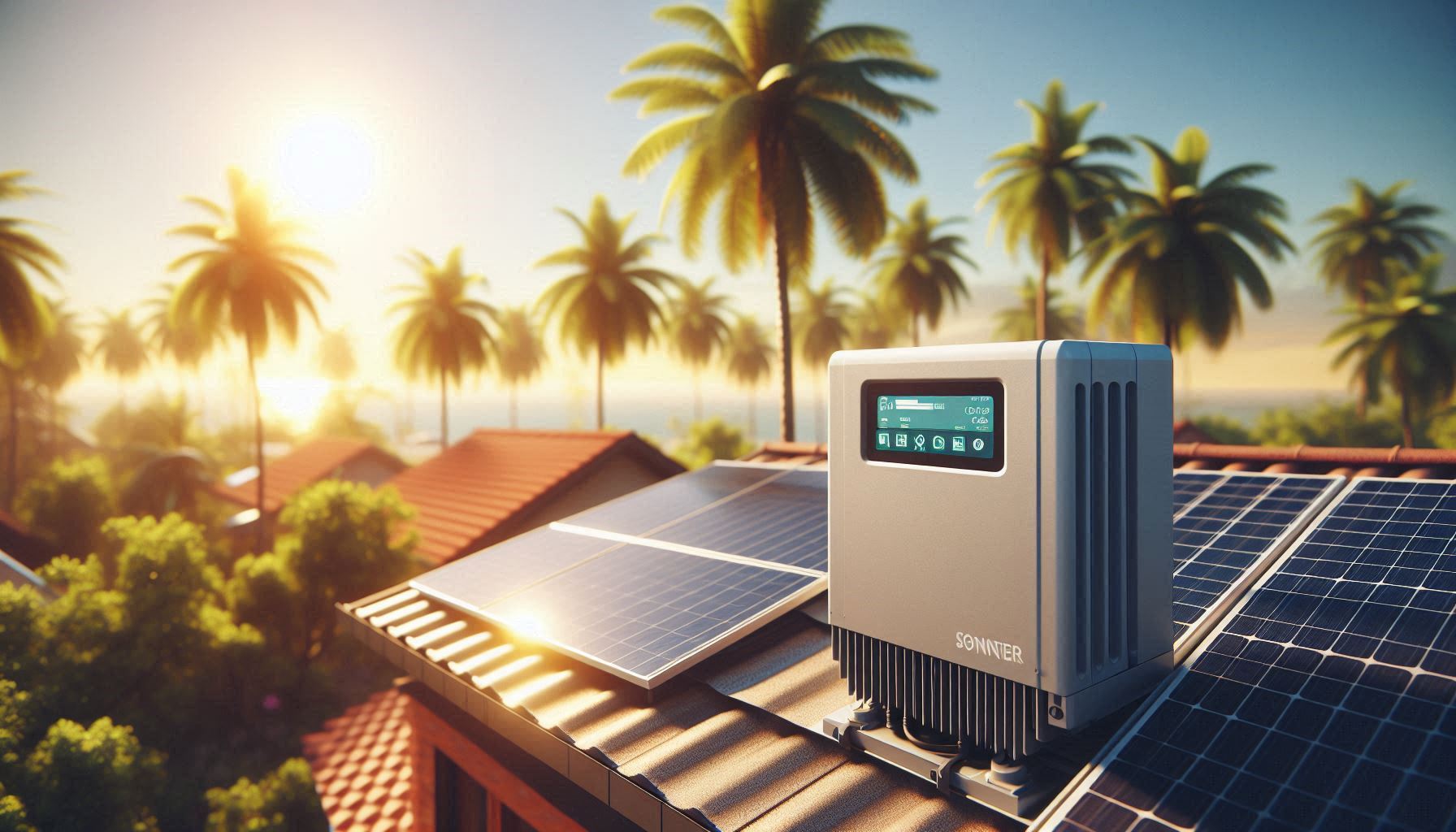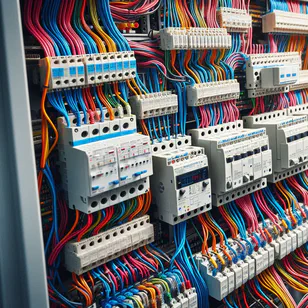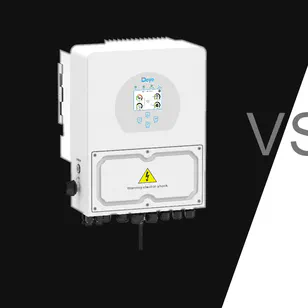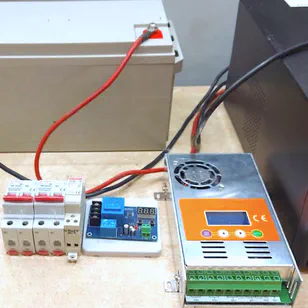Introduction
It’s summer, and while you’re feeling the heat, imagine how your inverter is coping, especially if it’s located in an outbuilding. Proper maintenance is crucial, particularly for inverters with fans, to ensure efficient operation and longevity.
The Importance of Regular Maintenance
Inverters with fans (almost all except for some like Deye) are susceptible to dust accumulation, which can hinder their performance. Some inverters have sponges on the air intake vents to mitigate this issue, but even these need regular cleaning.
Steps for Inverter Maintenance
Assess the Dust Level
Inspect the air intake vents and fans to determine the level of dust accumulation.
Clean the Air Intake Sponges
If your inverter has sponges on the air intake vents, remove and clean them. Typically, blowing them out with compressed air or washing them thoroughly in water will suffice. Ensure they are completely dry before reinserting.
Check for Filters
If there are no filters, your inverter is likely quite dusty after six months of operation and will require thorough cleaning.
How to Clean Your Inverter
Power Down the Inverter
Turn off the inverter using the power button and wait for the fans to come to a complete stop.
Set the Switch to Transit Mode
Switch the three-position switch to the transit position.
Use a Compressor
Carefully blow out all accessible areas with a compressor connected to the network, not directly to the inverter.
Inspect for Remaining Dust
If visible dust remains after blowing, seek professional help for a more thorough cleaning.
Safety Measures
Ensure Complete Disconnection
The inverter must be disconnected using both its power button and input circuit breakers to prevent electrical shock.
Avoid Cleaning While Fans Are Running
Do not blow or vacuum the inverter while its fans are operating, as this can damage the fan motors.
Use the Compressor Properly
Connect the compressor to the network only, not directly to the inverter.
Check for Oil Emission
Ensure no oil is expelled from the compressor by using a tissue to check.
Wear Protective Gear
Use goggles and a mask as there will likely be a lot of dust.
Ventilate the Area
Open doors and windows to allow airflow, which helps remove dust from the space.
Why Now is the Perfect Time for Maintenance
If you haven’t cleaned your inverter before, now is the time! High temperatures make heat dissipation challenging, and dust exacerbates the problem. Chronic overheating may not trigger error messages, leading you to believe everything is fine while internal components slowly degrade.
Conclusion
Proper inverter maintenance is essential, especially during hot weather, to ensure efficient operation and longevity. Regular cleaning and following safety measures can prevent overheating and maintain your inverter’s performance.
Remember, it’s not just about keeping your inverter cool; take care of yourself in the heat as well. Stay safe and have a great day!




